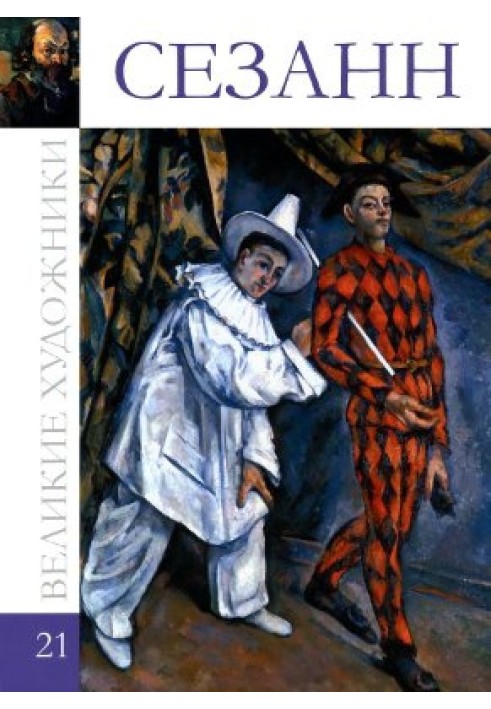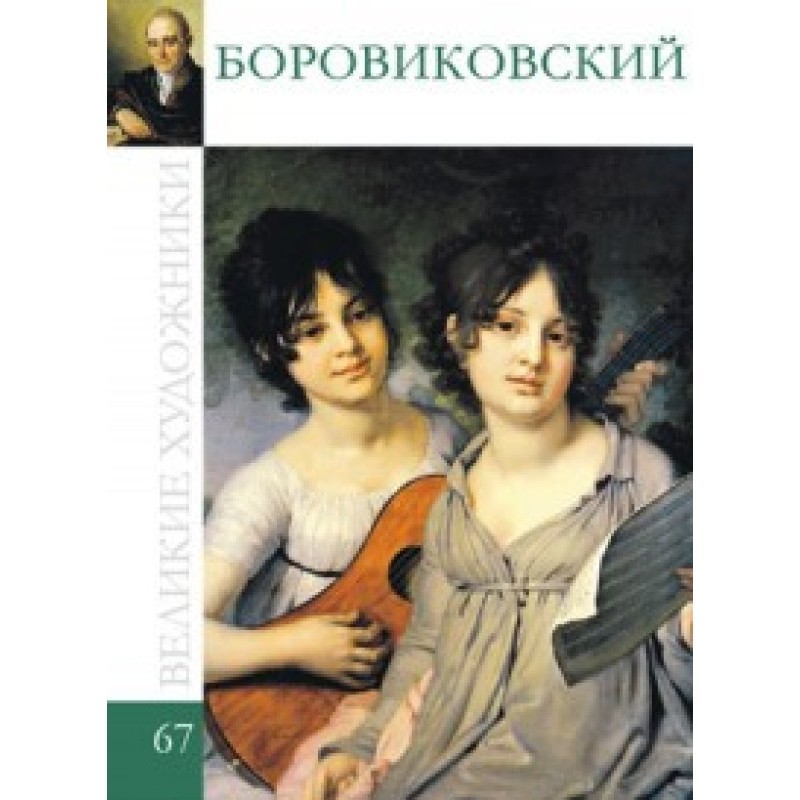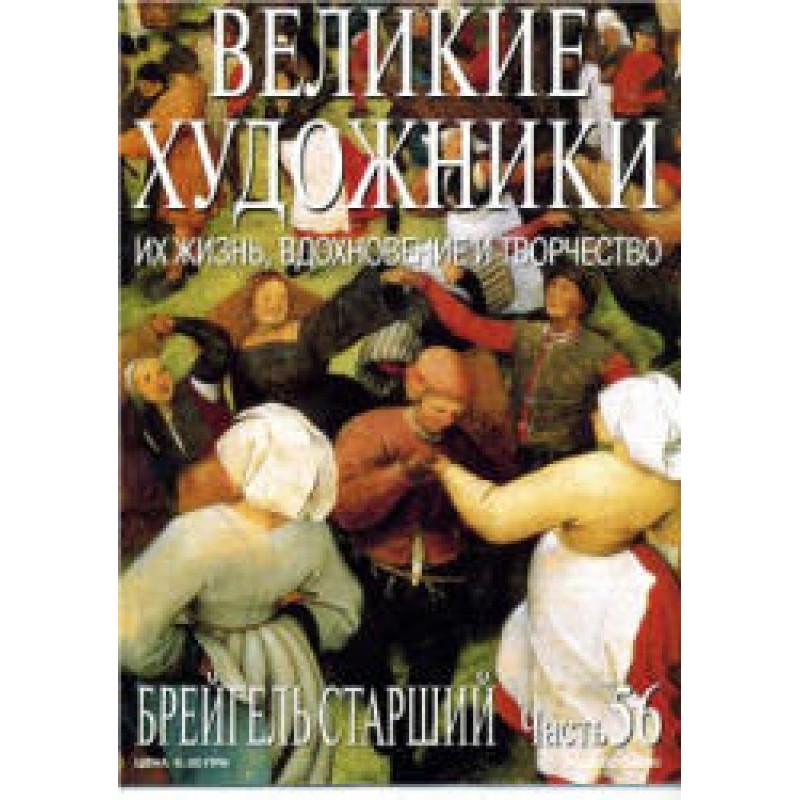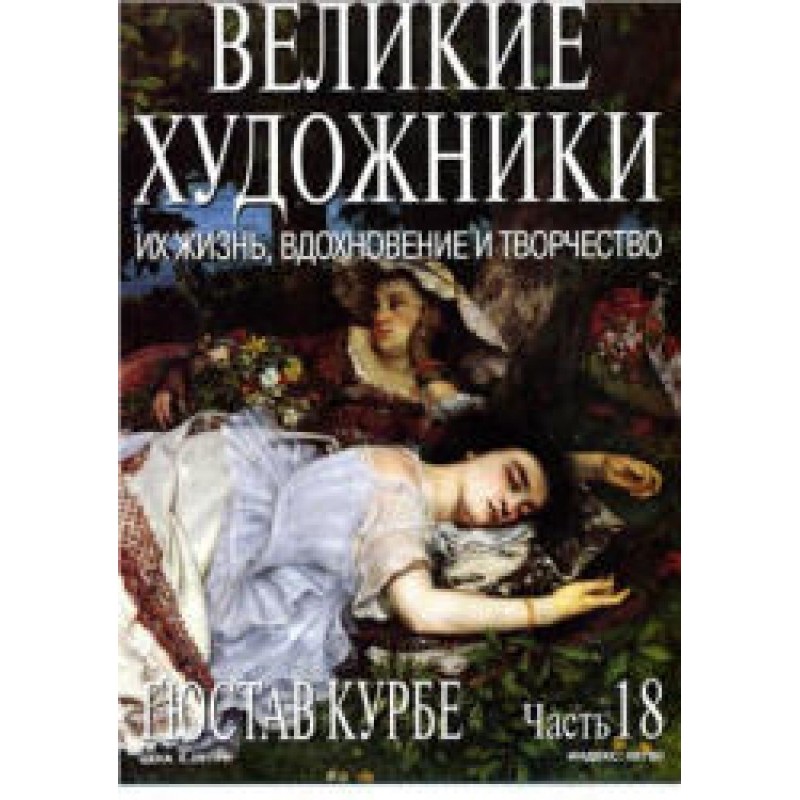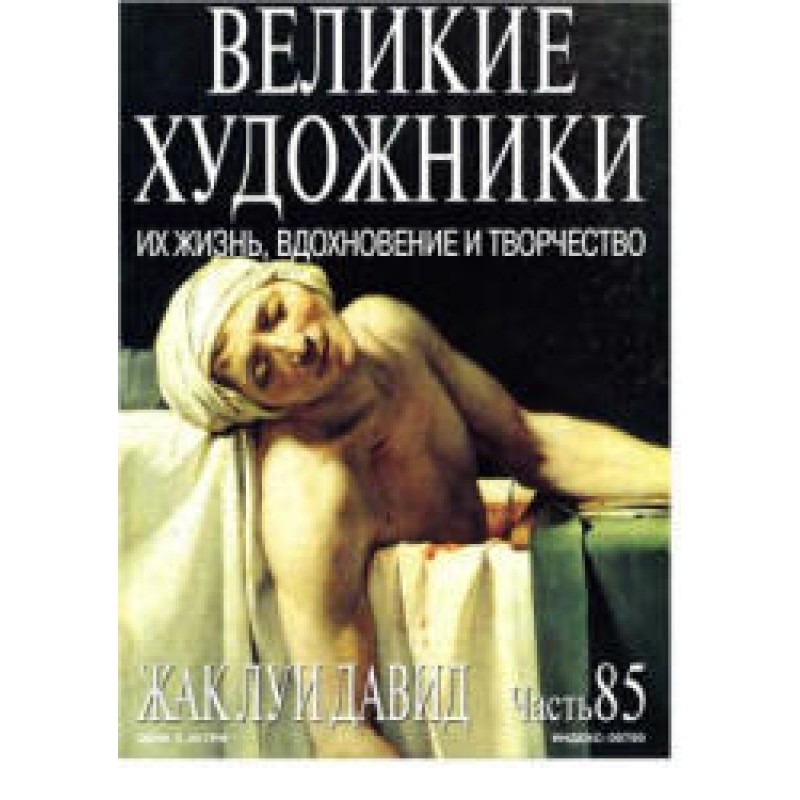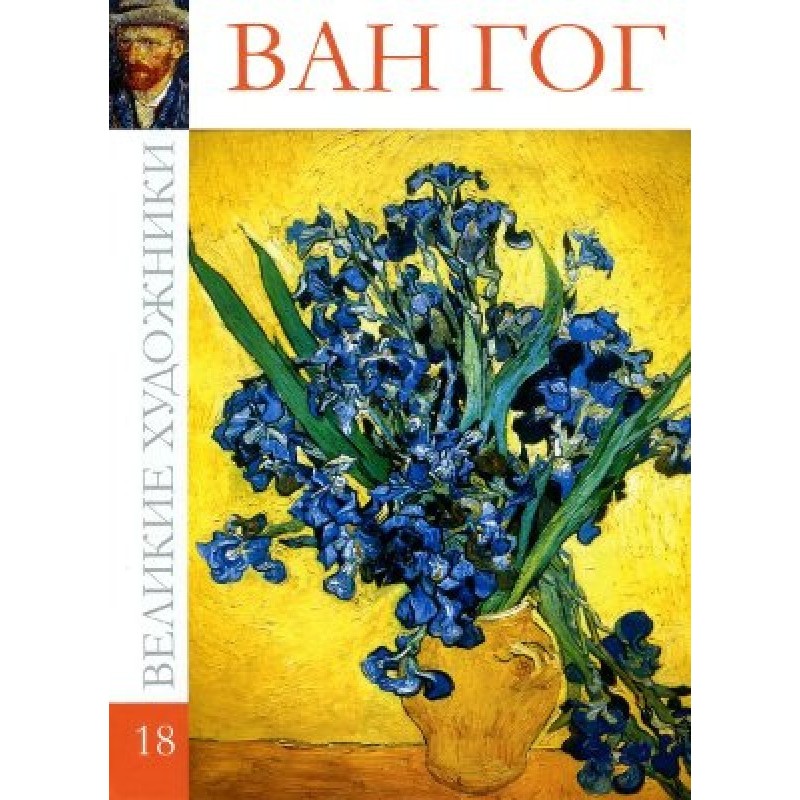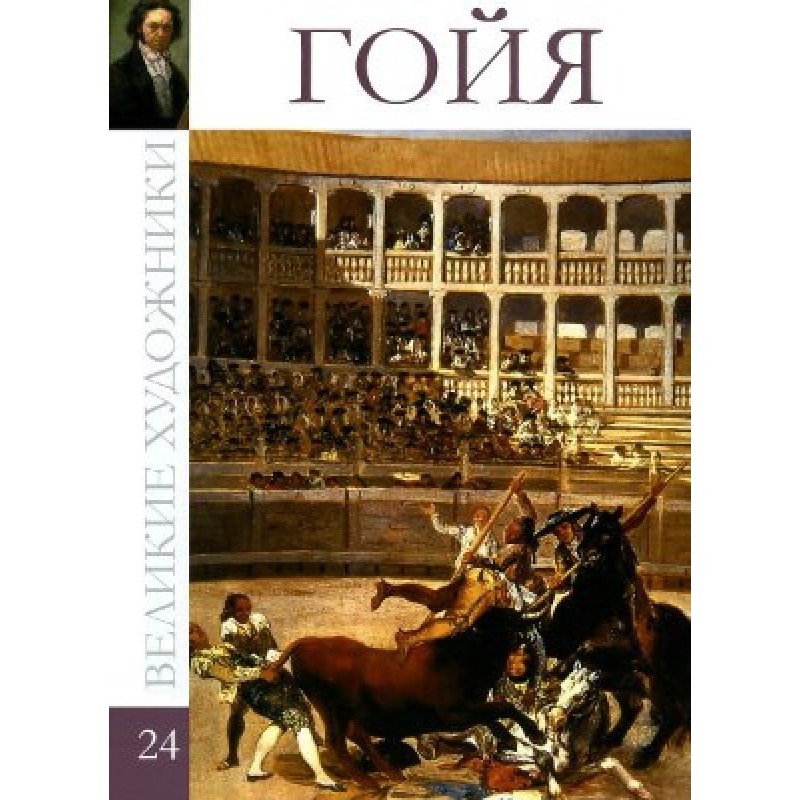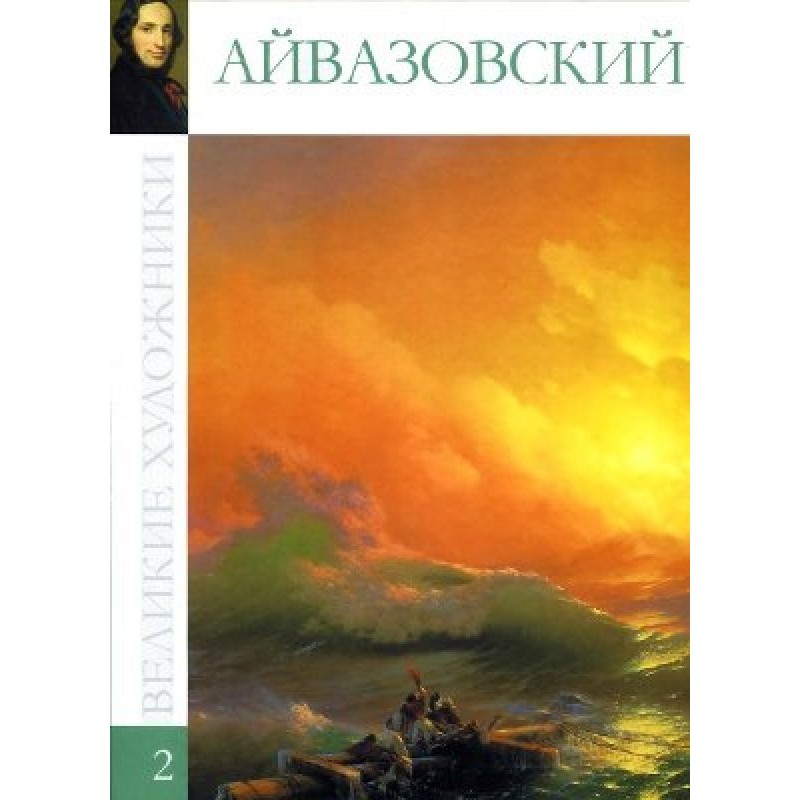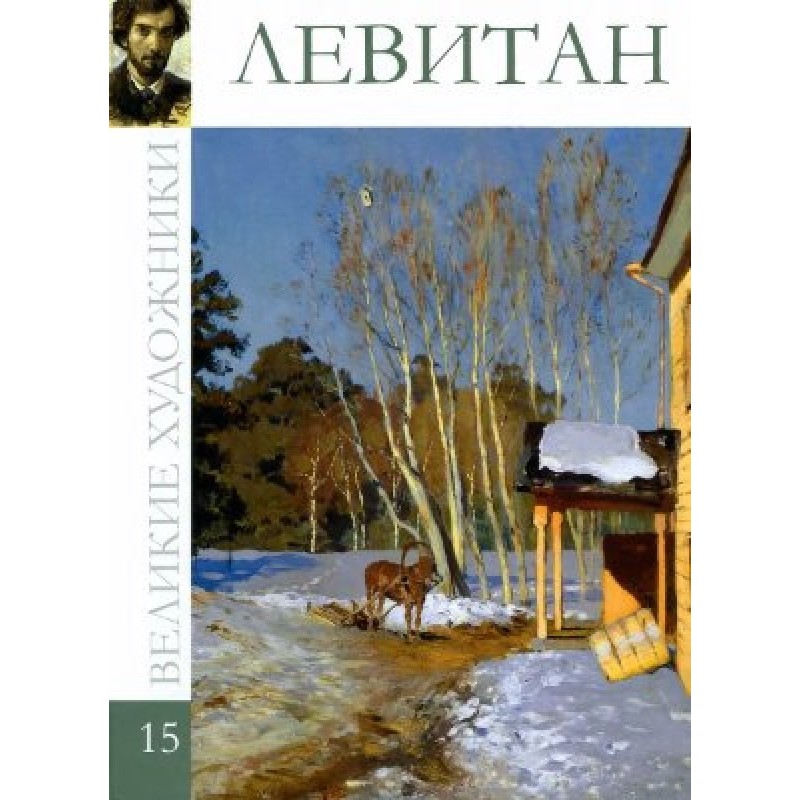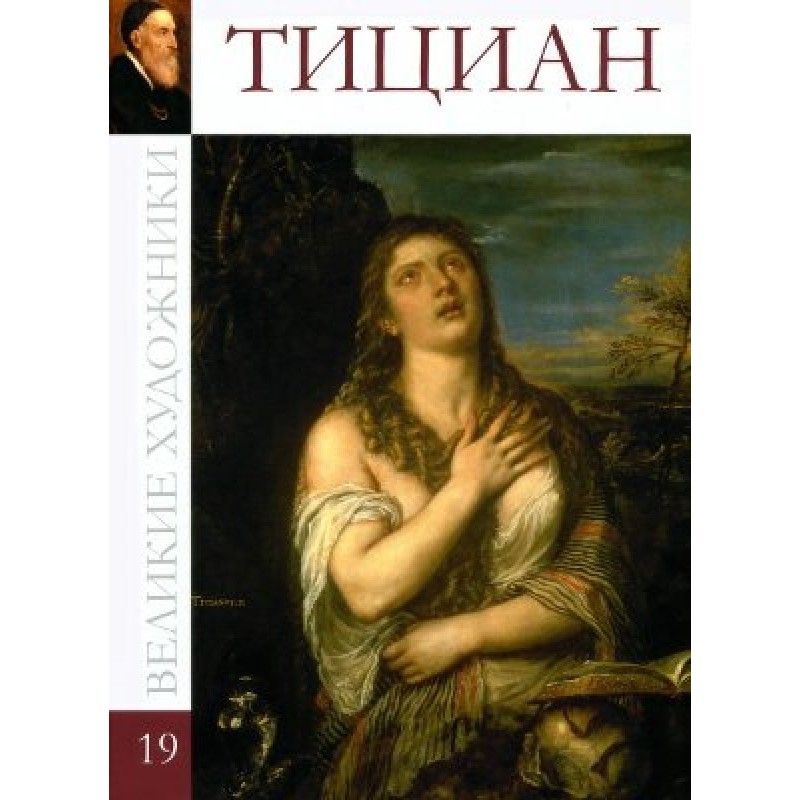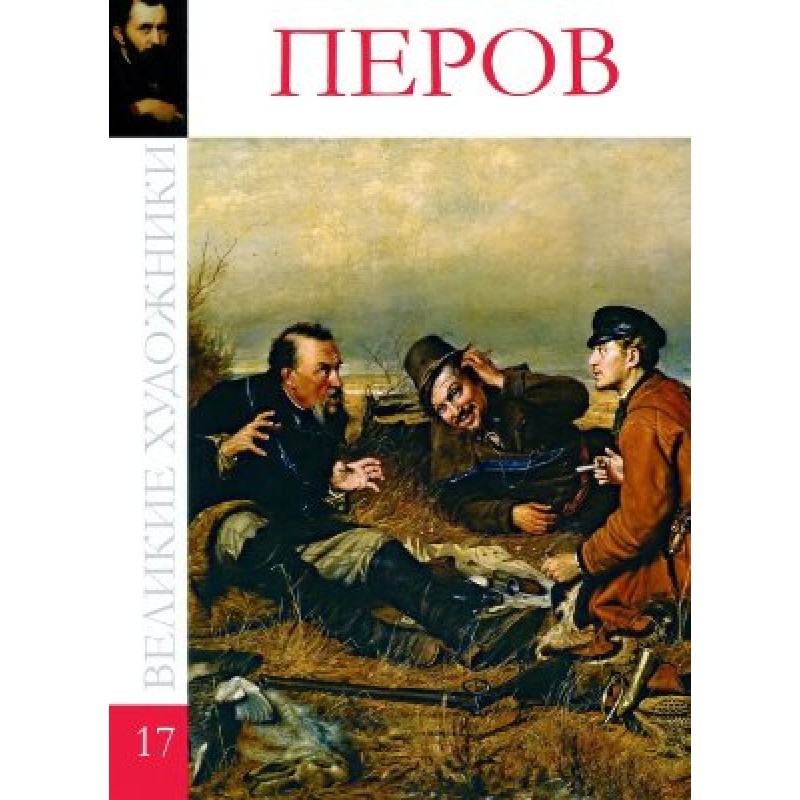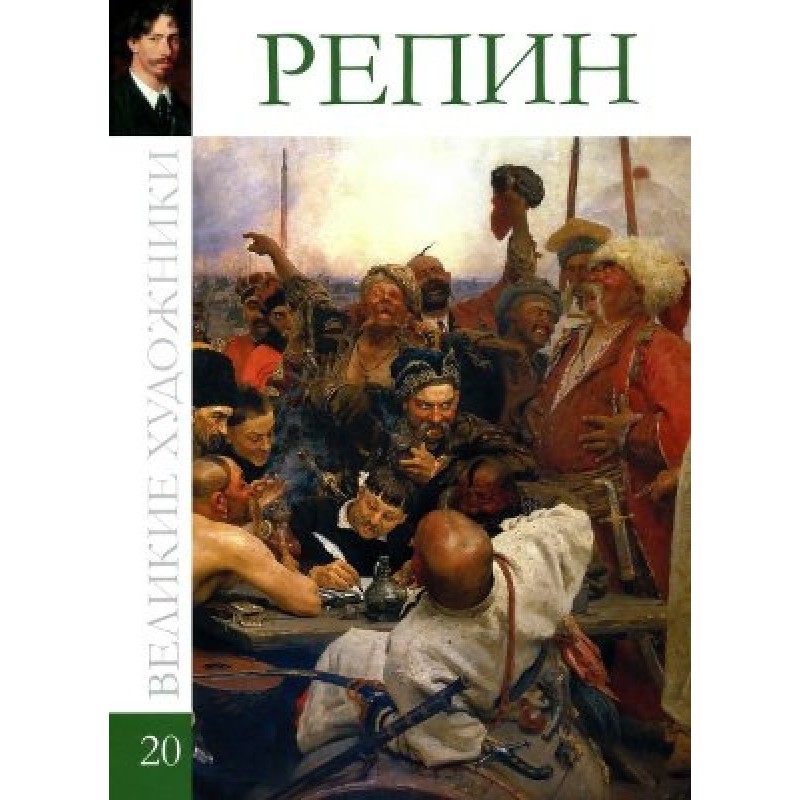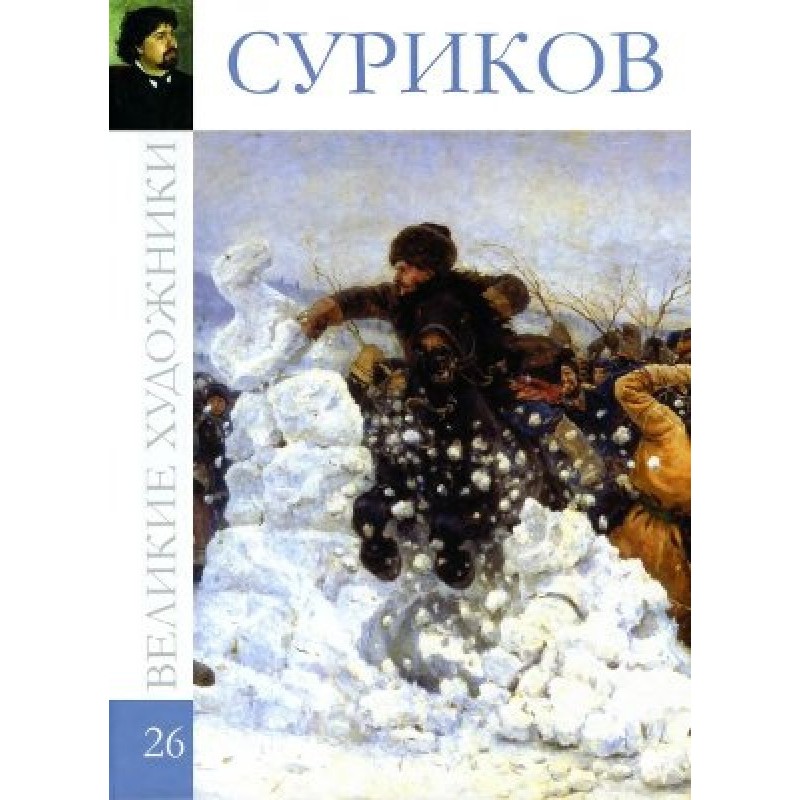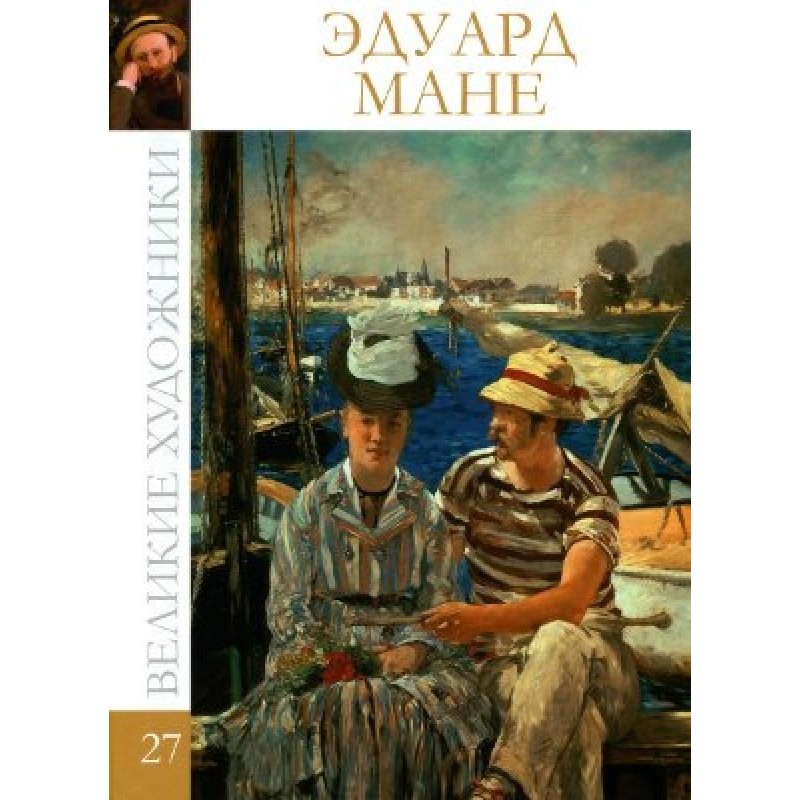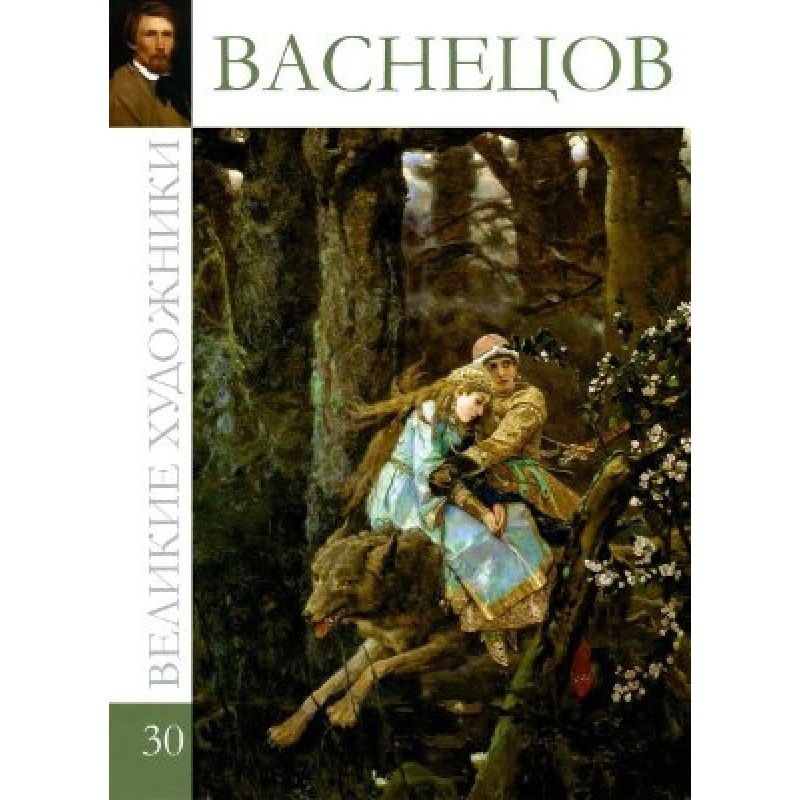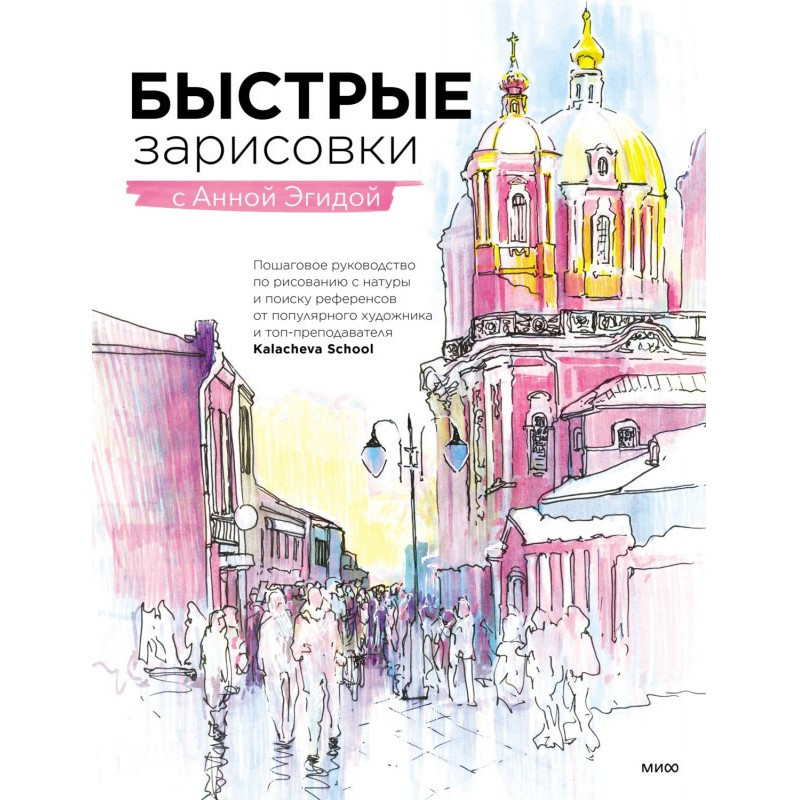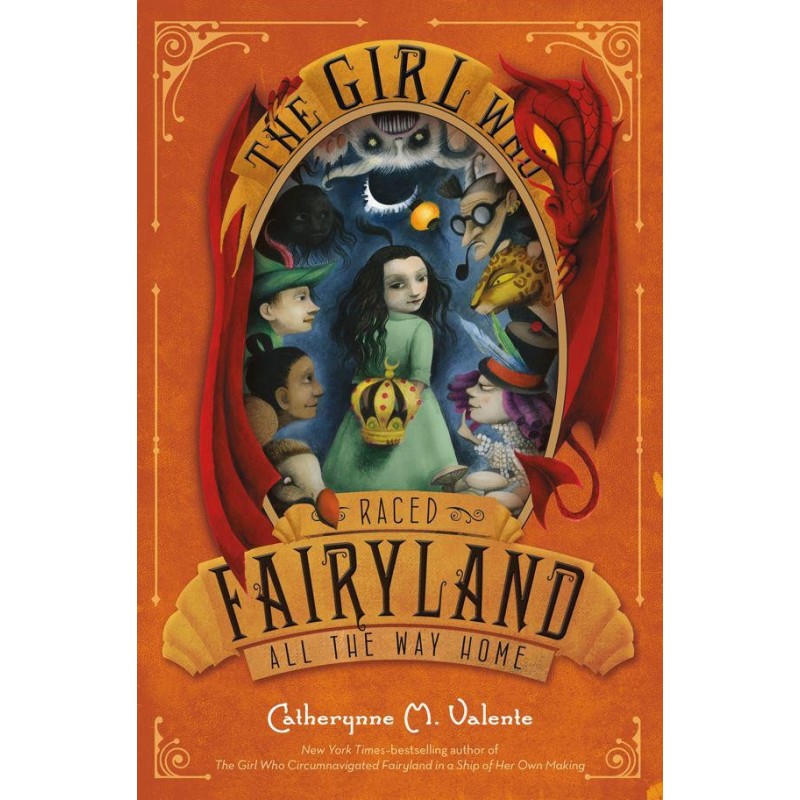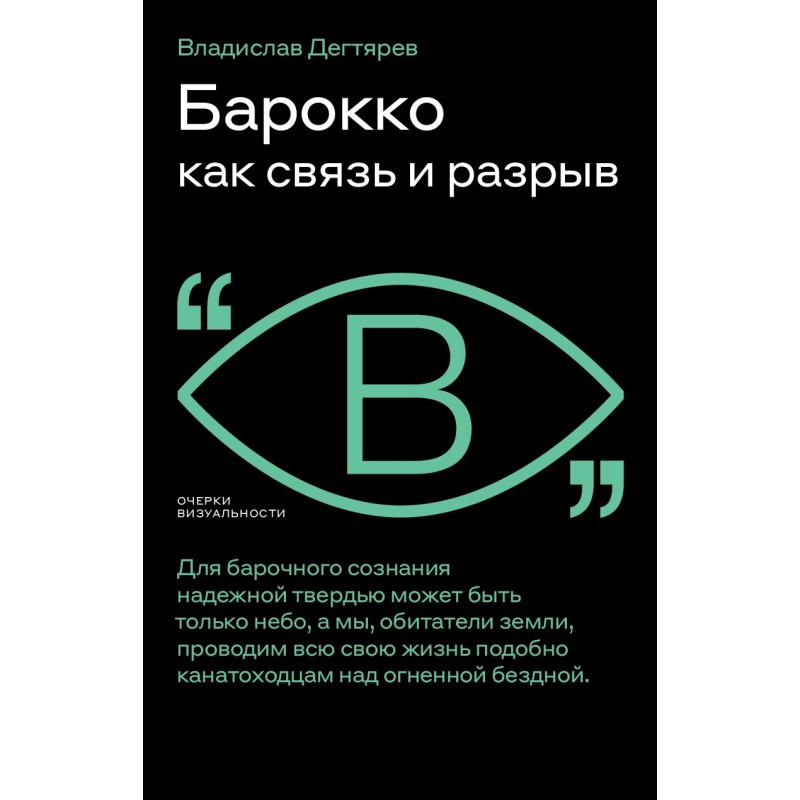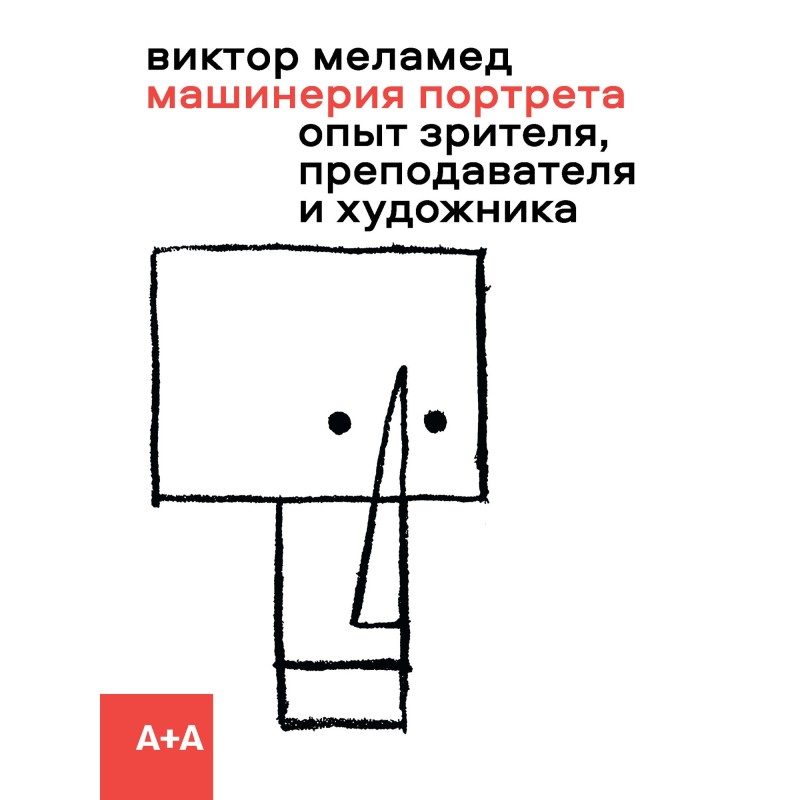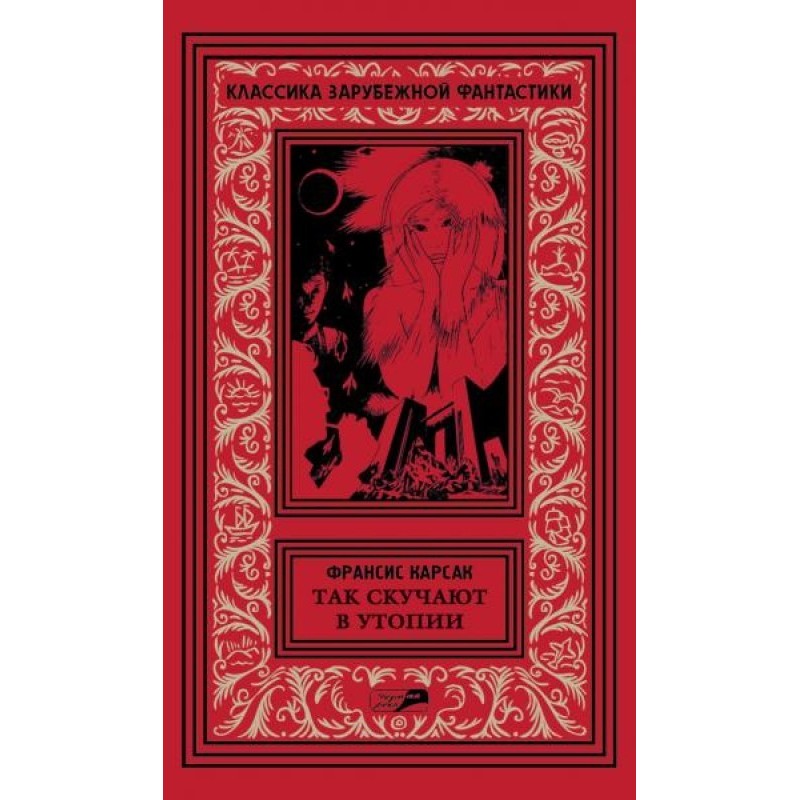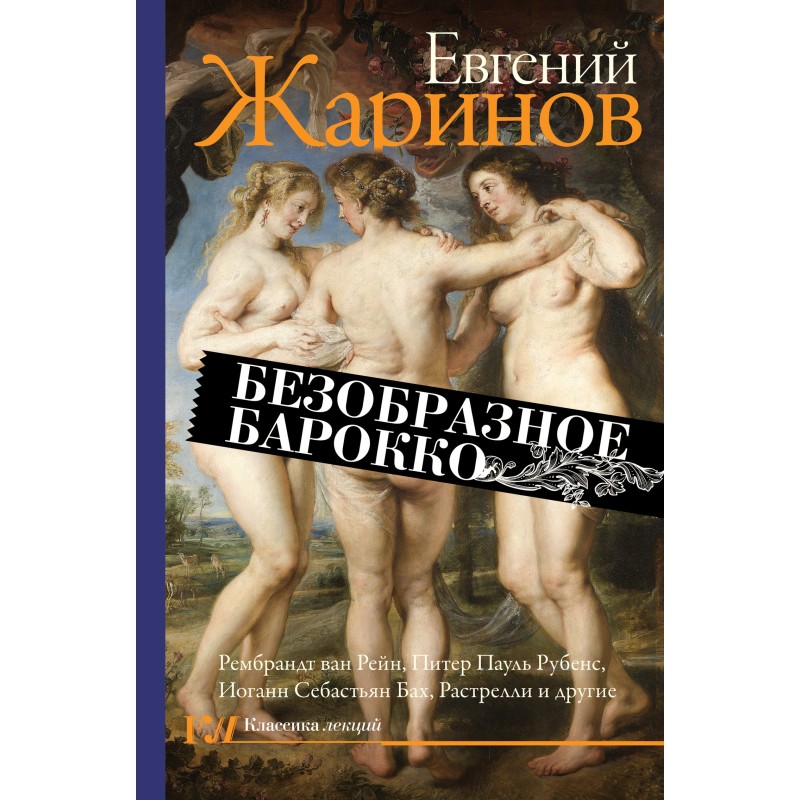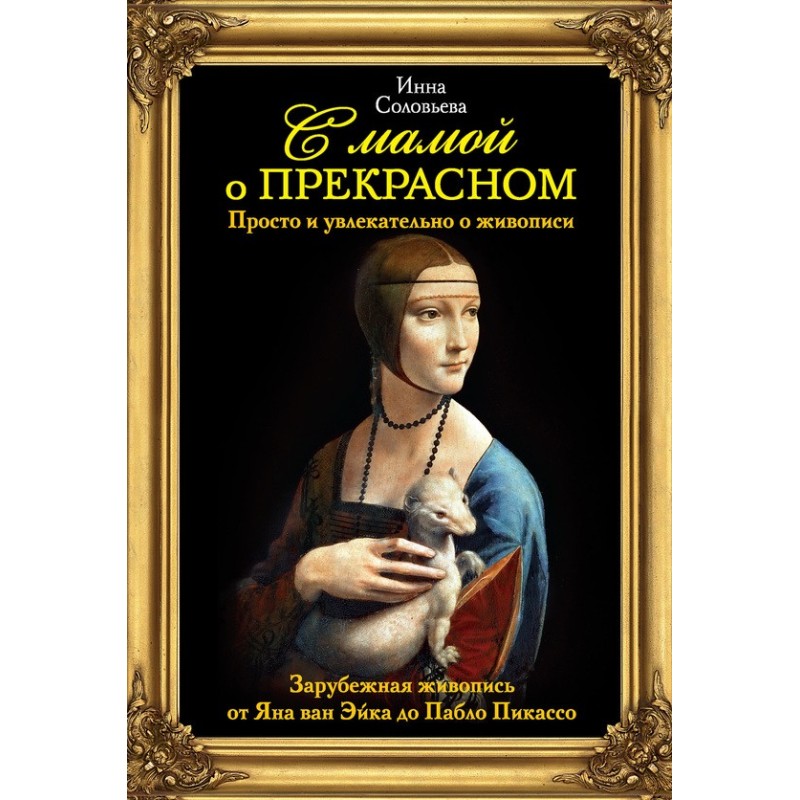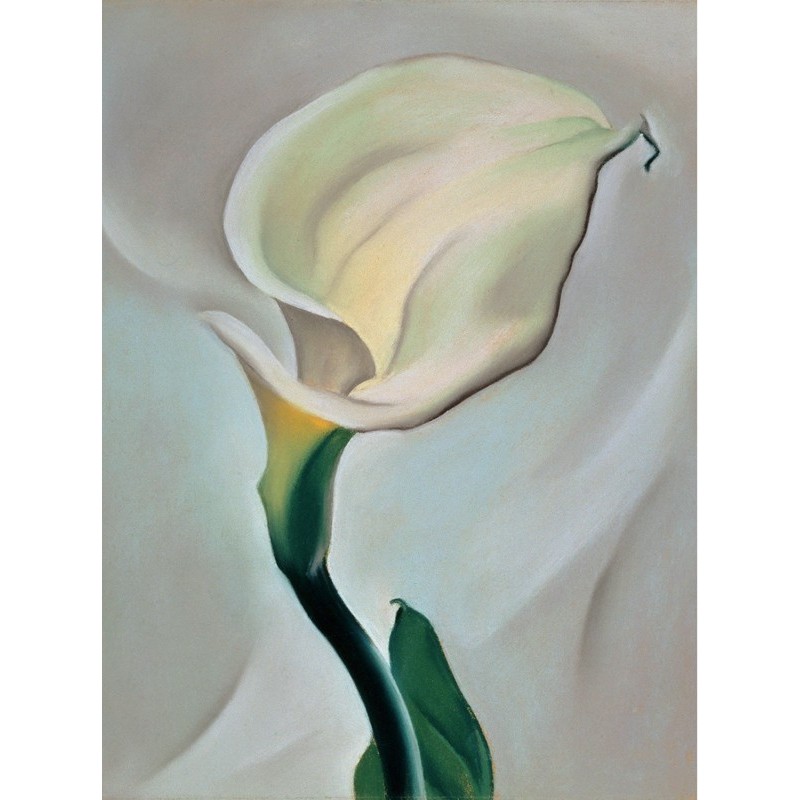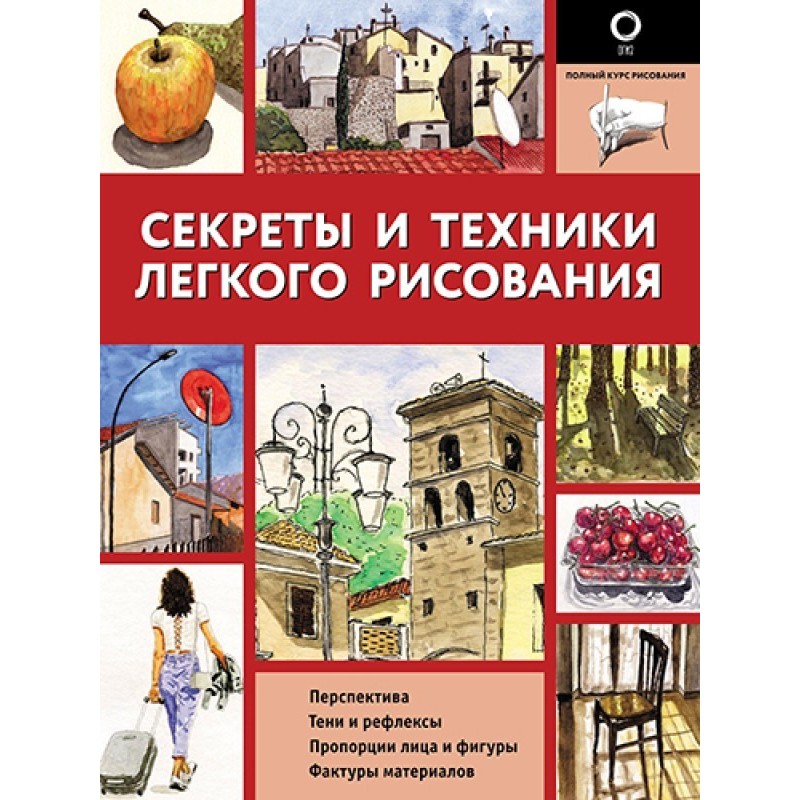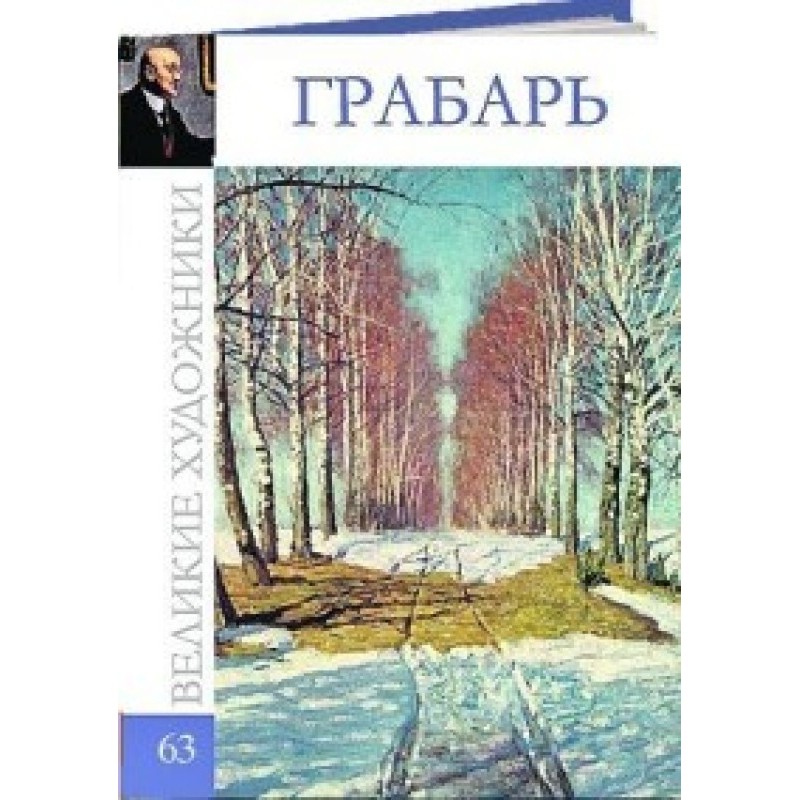Cezanne
 Instant download
Instant download
after payment (24/7)
 Wide range of formats
Wide range of formats
(for all gadgets)
 Full book
Full book
(including for Apple and Android)
“Great Artists” - a collection about outstanding masters of painting. The book series contains more than 50 illustrations, an “exquisitely written” biography of the artist and the history of the creation of the paintings. The album is dedicated to the work of Cezanne.
The French artist Paul Cezanne (1839-1906) is one of the most prominent representatives of post-impressionism. He was not only a great master of composition, but also a great colorist, comparable to Titian and Rubens. In still lifes, landscapes, and portraits, Cézanne sought to reveal, with the help of gradations of pure color and stable compositional structures, the unchanging qualities of the objective world, its plastic richness, the grandeur of nature and the organic unity of its forms. His mature works had an irreversible impact on the formation of artistic vision in modern painting. Subsequent generations unconditionally recognized that Cezanne opened the way to the world of modern art. In his still lifes, landscapes, and portraits, Cezanne sought to convey, using gradations of pure color, the stable, enduring features of the objective world and its plastic richness, the grandeur of nature and the organic unity of its forms. He was little interested in the dynamics of the environment and the variability of color in the atmosphere. He called his creative principle, which he developed in the 2nd half of the 1870s, “incarnation”, realization. Spatial plans are of little interest to Cezanne; he pulls the entire image into a single pictorial field, so that individual perspective zones seem to float on top of each other and merge. Sometimes he uses the techniques of reverse and spherical perspective. Absolutely straight lines are rare in in his paintings: they sometimes bend, sometimes they are inclined. Increasingly interested in watercolor painting, he transfers some of its techniques to the technique of oil painting, painting on white, specially unprimed canvases; the paint layer becomes more and more lightweight, as if glowing from within. Cezanne's colors are gradations of three primary colors (green, blue and ocher) and, naturally, white. Unlike the Impressionists, who loved to depict walks and picnics in nature, Cezanne’s landscapes never show people. Its numerous landscapes are deserted, moreover, the yellow-ocher crystals of the houses do not seem to imply life: these are some kind of sarcophagi of the spirit among the lush southern vegetation. Nature appears on its own as a powerful force full of hidden energy. Creativity of the 1860s years has a pronounced romantic character: scenes of violence (“Murder”), still lifes (“Still Life with a Skull and Candlestick”), erotic visions (“Orgy”). Among the significant works of the early period are “Portrait of a Father” and “Girl at the Piano”. In the 1870s, a series of self-portraits began. From “Self-Portrait in a Cap” with its certain “wildness”, he moves on to the creation of generalized images (“Self-Portrait”). At the turn of 1880-90, Cezanne became increasingly interested in the so-called. figure genres (“Pierrot and Harlequin”, “Card Players”). Many of Cezanne’s late canvases remained unfinished, including his final composition “Great Bathers,” designed to complete a large cycle and rhythmically strictly verified. Cezanne painted his nudes from his imagination, his figures are often deformed, expressive, placed in contrived poses and groups.
Data sheet
- Name of the Author
- Автор Неизвестен -- Искусство
- Language
- Russian
Reviews
Неперевершений альбом про генія живопису!
Книга "Сезанн" з серії "Великі художники" є справжнім подарунком для всіх, хто цінує мистецтво і бажає глибше зрозуміти творчість одного з найзначніших художників постімпресіонізму. Альбом містить понад 50 ілюстрацій, які яскраво демонструють унікальний стиль Сезанна, його вміння грати з кольором та формою. Біографія художника написана в доступному та захоплюючому стилі, що дозволяє читачеві не лише дізнатися про його життя, але й відчути його емоції та переживання, які він вкладав у свої роботи. Окремо варто відзначити, як автор підкреслює вплив Сезанна на сучасне мистецтво, відкриваючи нові горизонти для майбутніх поколінь художників. Ця книга стане чудовим доповненням до бібліотеки кожного любителя живопису, а також надихне на нові творчі звершення!

